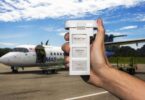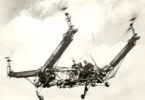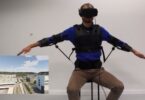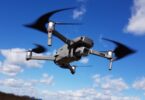How long does it take to learn to fly a drone? A long time, actually. It took me close to two years to get the basics of UAVs and the corresponding terminology down and to be able to operate one in a semi-autonomic way without any human assistance. Of course, learning by doing and not reading books is probably a better approach, especially for beginners, but even then, there are still quite a few things to grasp before one is able to remotely control and monitor a remote UAV. There are plenty of books that can help students familiarize themselves with the basics, but there are also many programs that one can download from the internet to speed up the process. The important thing, of course, is that a student should choose his or her own source for learning how to fly a UAV before spending money on instructional videos, manuals, and other materials that are not worth the paper they are printed on.
A long time is necessary because it takes a fair amount of practice to become comfortable operating such sophisticated machines. This is especially true if the prospective student does not have the experience necessary to operate a remote UAV. In fact, even the most seasoned veterans will often hesitate for a long time before getting comfortable flying their first UAV because of this lack of familiarity and exposure to the controls and terminology of such complex machines. It is best to avoid going to schools that claim that a student will be trained in just a few days or weeks because those claims are mathematically impossible and based only on the word of the school.
Indeed, a long time indeed. I am not trying to say that a student cannot learn how to fly a remote control UAV in a short time or that he or she should hurry right ahead and enroll in a remote control UAV school. However, a smart student should take his time and learn at a pace that is comfortable to him. Once the student has enough experience with remote controls, the speed at which he can learn how to operate them will likely increase as he becomes more comfortable using and flying the various models he has been instructed to work with. Thus, you would be making a very wise choice if you want to be an expert remote control operator someday.
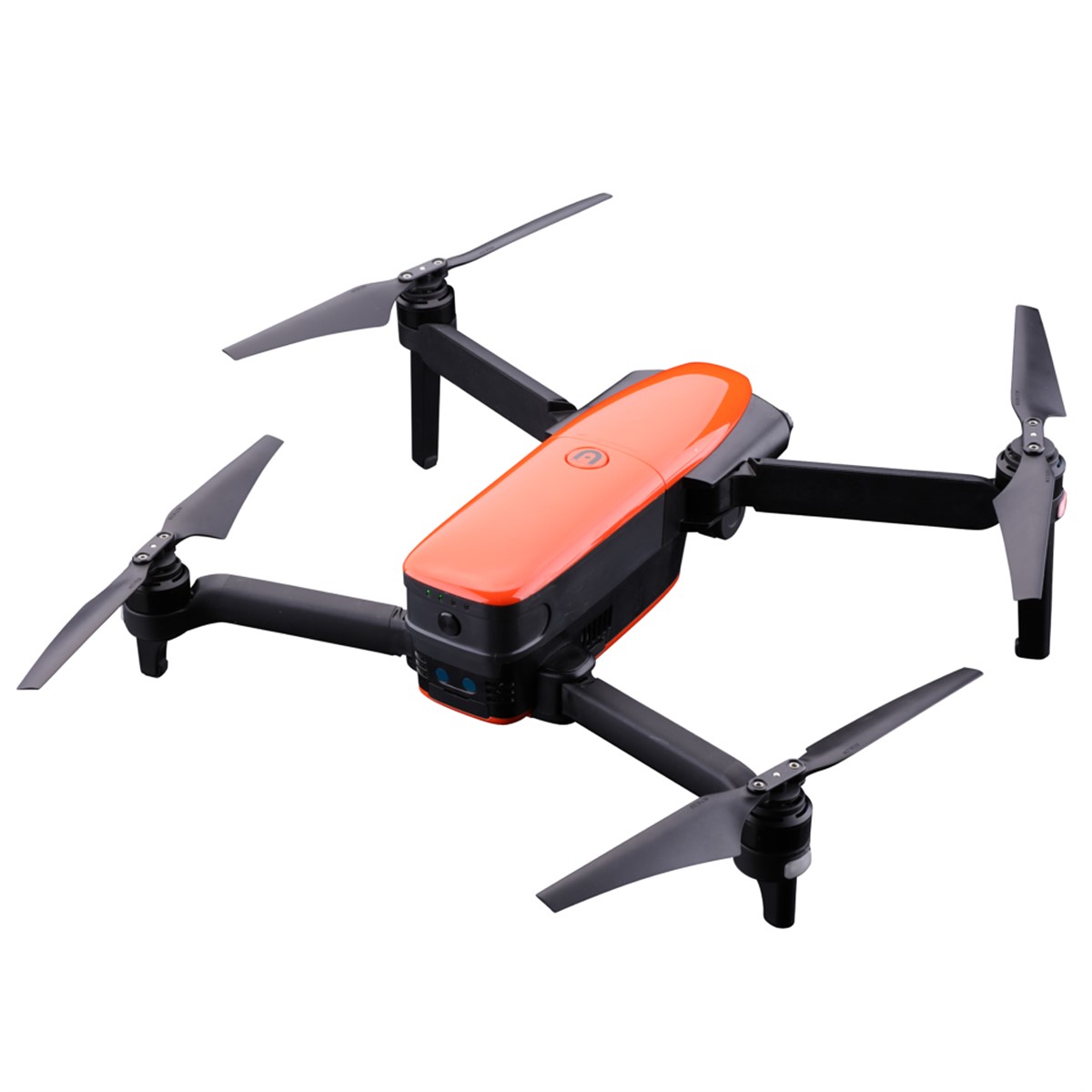
Who is DJI biggest competitor?
The answer to this question is DJI, a Chinese-based company that has been producing and selling DJI cameras for over three decades. They are constantly working on the best possible versions of their products, which they have in production currently. While their remote control helicopters are not as advanced as those from DJI, they are close in capabilities. The one huge advantage that DJI has over their competition is the use of UAVs (unmanned aerial vehicles) to aid in the taking off and landing of their helicopters. If you are a recreational user of either the remote control helicopter models or the camera drone models, then you know that these UAVs can make the difference between an entertaining experience, and the tedious process of taking off and landing your helicopter.
It may come as a bit of a surprise that DJI would be considered a “competitor” for DJI, but the truth is, it isn’t. It’s just that they have been producing and selling DJI products longer than DJI have, and therefore, are a company that is more “established.” They’ve been manufacturing UAVs for over three decades, and are thus in a position to supply the customer with the best product available at any given time. While the company is young, they are not without talent. Their remote control model airplane production capabilities rival all of their competitors, and their camera drone production runs at full speed on a regular basis.
One thing is true of all of the DJI products, however. All of them use DJI’s UAVs to aid in the taking off and landing of their models, and they do so with ease. While there are several other manufacturers producing DJI style drones, none of them offer the quality of craftsmanship and the ease of use that DJI offers to their users. They may have slightly higher price tags, but the benefits of owning one of these babies far outweigh the costs. When it comes to DJI remote control helicopters, your decision should be easy.
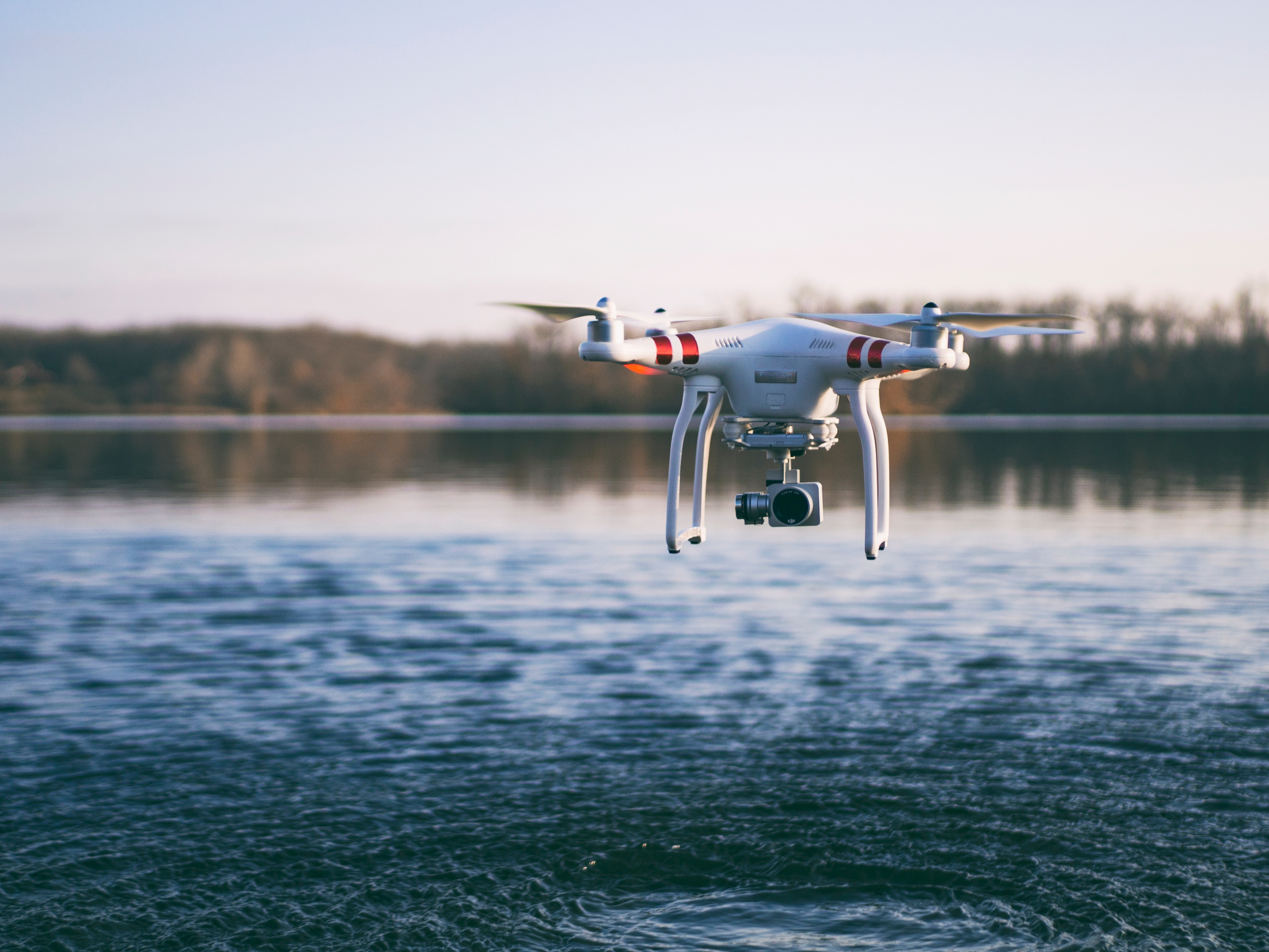
How do I choose a drone?
How do I choose a drone? It’s a tricky question. Many people ask how to choose a drone, but they don’t really understand the process of selecting one for personal use. There are a few things that you can look at, as you try to make your decision. Here is a list of some things that you can consider.
First of all, what kind of flying conditions are you going to be using the drone for? The conditions play an important role in whether or not you are able to use your drone for personal purposes or if it is just for fun. Some people get their drones free, while others may be more expensive. If you want to be able to fly anywhere you want to, make sure that you look for a drone with multiple modes. That way, you can fly it anywhere you want, and you won’t have to spend a lot of money on the plane.
Also consider the brand of the drone. Some people choose a popular brand name so that they know they are getting quality. A popular brand is likely to last longer as well, so that they are more likely to keep it working for a long time. When you are looking to choose a drone, you need to take your time, learn about the different options, and look at different companies to see what options they offer. Don’t rush into something like this. Learn everything you can before you actually buy your first drone.

